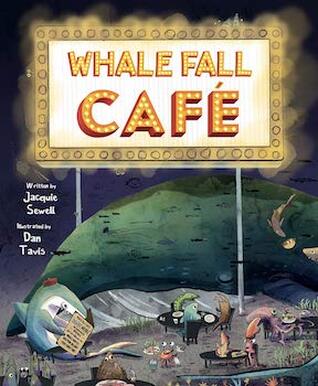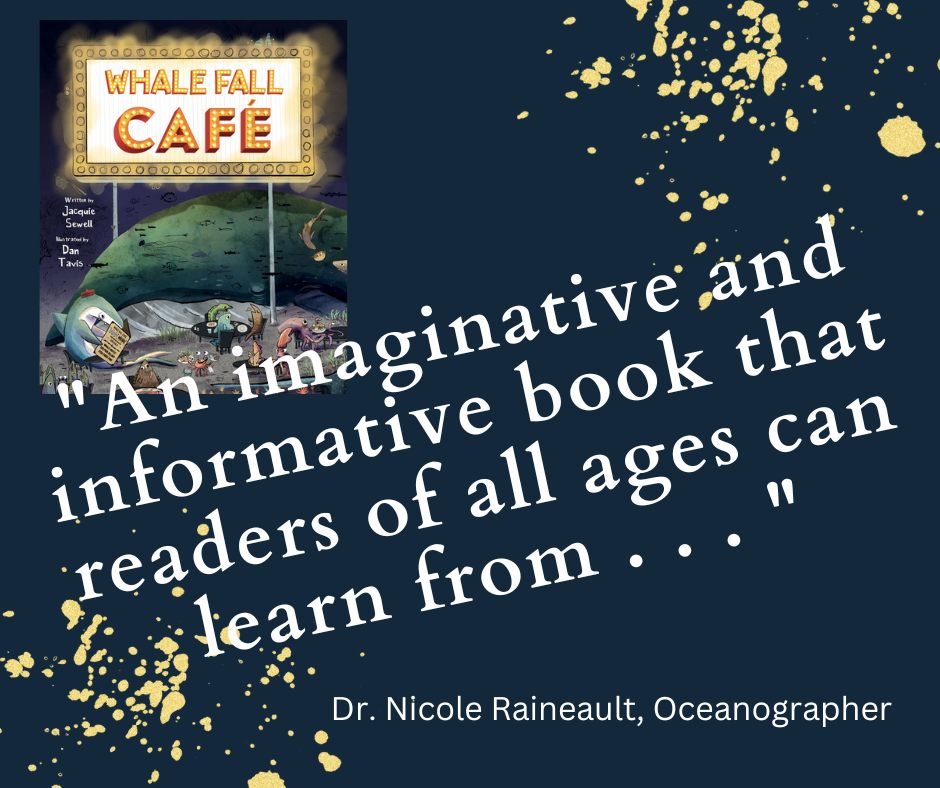
"This book is amazing - it makes me feel like I am at the deep-sea floor again among the slimy eels, voracious sharks and bone-eating worms devouring the whale carcass! And it makes clear how all the animal communities in the ocean are connected, with whales living in the surface ocean sparking a remarkable diversity of weird and wonderful animals in the deep sea after they die! Thanks Jacquie and Dan for this extraordinary book about deep-sea life!"
Dr. Craig R. Smith, Professor of Oceanography - University of Hawaii

